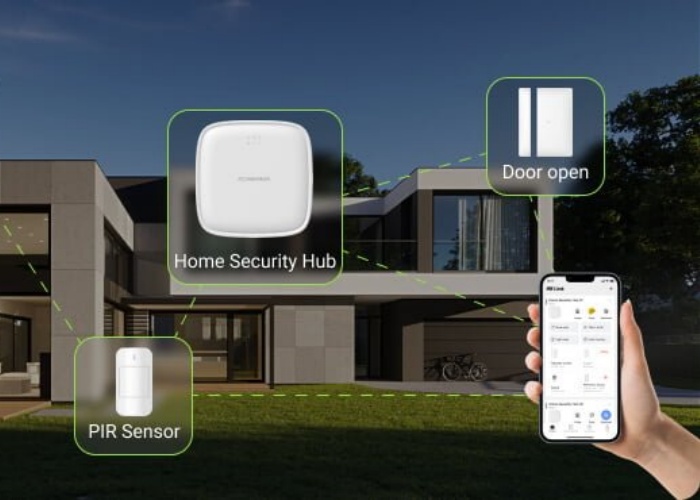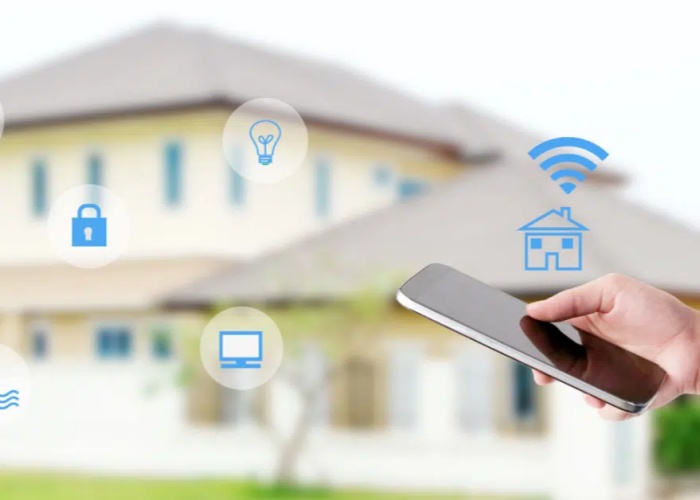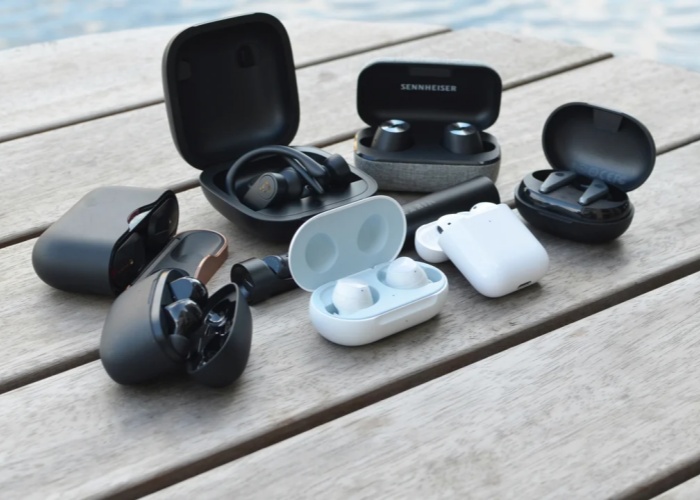1. Understanding Smart Home Devices
Smart home devices encompass a wide range of products designed to improve the functionality of your home. Here are some popular categories:
– Smart Speakers: Devices like Amazon Echo and Google Nest Hub serve as voice-activated assistants, allowing you to control other smart devices, play music, and access information hands-free.
– Smart Lighting: Smart bulbs and lighting systems let you control brightness and color through your smartphone or voice commands. They can also be programmed to create schedules or respond to your daily routines.
– Smart Thermostats: Devices such as the Nest Learning Thermostat help you manage your home’s temperature efficiently. They learn your habits and can adjust heating and cooling to save energy.
– Smart Security Cameras: These devices provide real-time surveillance and alerts, enhancing your home security. Many models offer features like night vision, motion detection, and two-way audio.

2. Tips for Maximizing Your Smart Home Experience
To fully benefit from your smart home devices, consider the following tips:
– Choose a Central Hub: If you have multiple smart devices, consider investing in a central hub like Samsung SmartThings. This allows you to manage all your devices from a single app, simplifying control and automation.
– Integrate Devices: Look for devices that work well together. For example, smart lights can be programmed to turn on when your smart security camera detects motion, enhancing both convenience and security.
– Utilize Automation: Take advantage of automation features to streamline your daily routines. Set schedules for lights, thermostats, and other devices to align with your lifestyle, making your home more efficient.
– Regular Updates: Keep your devices updated with the latest firmware to ensure optimal performance and security. Most manufacturers provide regular updates to enhance functionality and address vulnerabilities.

3. Considerations for Purchase
Before investing in smart home devices, keep these factors in mind:
– Compatibility: Ensure the devices you choose are compatible with your existing systems. Check if they work with your preferred voice assistant (like Alexa or Google Assistant) and other smart devices.
– User Reviews: Read user reviews to gauge the reliability and performance of the devices. Look for feedback on ease of setup, usability, and customer support.
– Budget: Smart home devices vary widely in price. Set a budget and prioritize features that are most important to you, whether it’s energy savings, security, or convenience.
Conclusion
Smart home devices offer a world of possibilities for enhancing your living environment. By understanding their features, implementing useful tips, and considering key factors before purchase, you can create a connected home that meets your needs. Embrace the convenience and efficiency that smart technology brings to your daily life, and enjoy the benefits of a smarter home.




